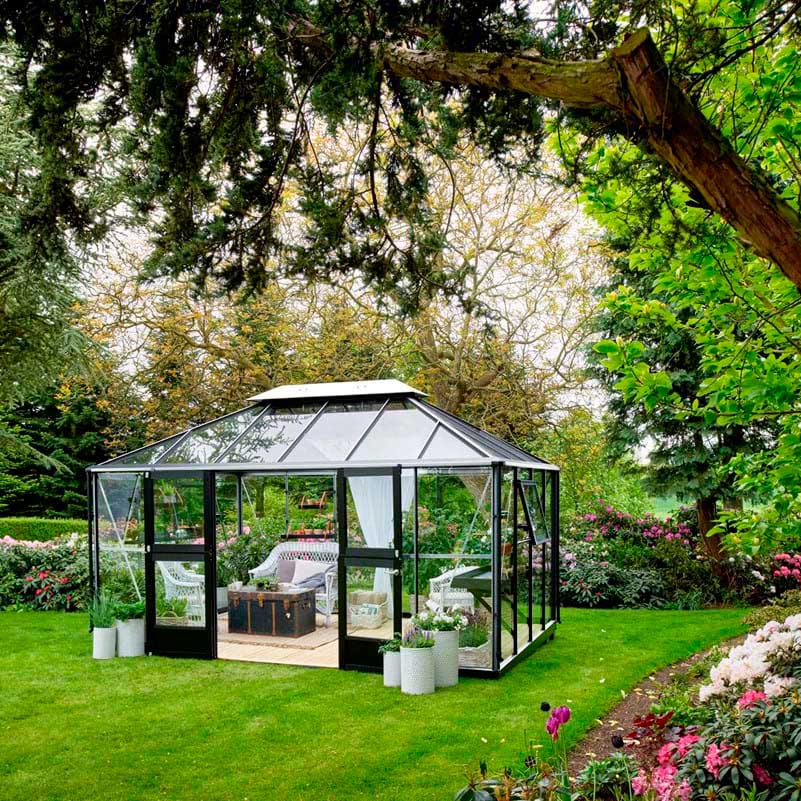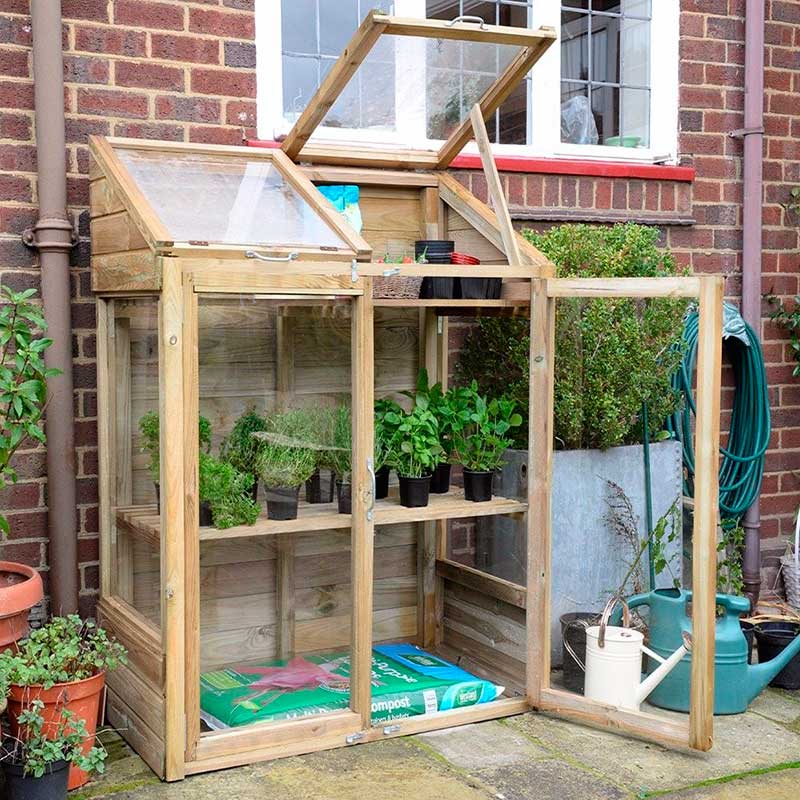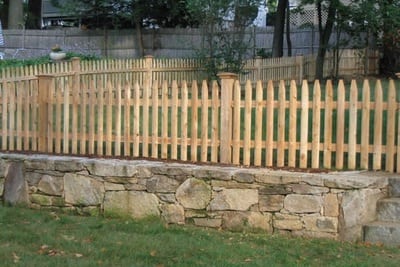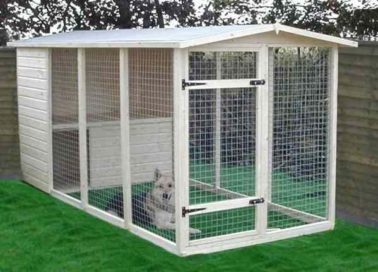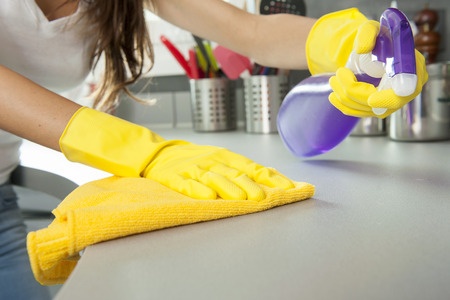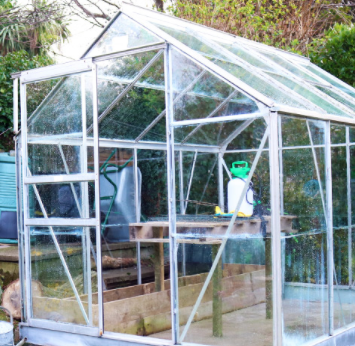 Why the sanitization?
Why the sanitization? It's money saving. Although sanitation adds an expense, it is much less than the cost of ongoing spray applications implemented and exacerbated by unsanitary conditions to treat pests and pathogens. With a few days of disinfecting and starting washing, what could be avoided can turn into expensive, curative treatments, increased labor for applicators, shortened processing time due to re-entry cycles, or worse, incurable plant viruses resulting in crop failure.
Structures are preserved, hard goods, etc. If left unchecked season after season, a cultivator with wooden benches probably knows what algae and moss can do. The same can be said for fertilizer injectors, boom irrigation, and using an unsanitary source for many other watering systems. One of the leading causes of expensive irrigation repairs in older systems is biofilm accumulation in lines.
Procrastinate not. We all know about common diseases and insect vectors (weeds, incoming plant materials , equipment, etc.), I'm going to say. But several farmers make the mistake of waiting during the off-season, then just before production begins, cleaning their homes. This technique facilitates the overwintering of many weeds, pests , and diseases.
The Clutter Clean Up. Remove from the greenhouse all remaining containers, instruments, employee trash, etc. until disinfecting ceilings, walls, benches, or floors in the greenhouse. Remove and clean all water hoses, sprinkler heads, and other watering devices. Sweep tables, benches, and floors. Also, use this time to patch or repair missing groundcover uneven spots in the floor.
Disinfect. Infect. For disinfecting structures, surfaces, and equipment, there are several items available. Some of these products are not permitted in all states and it is up to growers to ensure that their jurisdictions use an approved chemistry. Any of these chemicals can also burn plants and should be applied according to label rates, application methods, and specifications for personal protective equipment.
Start with a thorough washing of all walls, benches, and floors under pressure. Pay particular attention to troublesome areas where algae and liverwort appear to collect, such as corners and around watering systems.
Strip-It Pro is a fantastic tool that penetrates whitewash coatings, biofilm, mineral deposits, and organic loads without scrubbing when applied with a foaming attachment. Apply with a foamer and allow to sit for 5 minutes with a high-powered hose before rinsing.
Next, apply an antibacterial disinfectant to all walls, surfaces, and floors for at least 72 hours before closing doors and windows. To start your next crop in, you have a clean and sterile environment now. Repeat the last move before beginning the new crop if you intend to keep your greenhouse empty all winter.

